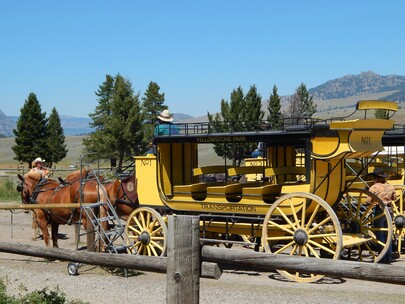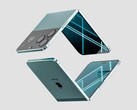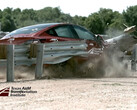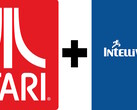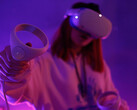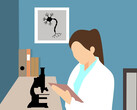The marvel of our modern world is something that could astound even today’s denizens. It’s nearly impossible to keep up with the blistering speed at which technology is evolving daily. 10 years ago, AI was rudimentary at best. Today, we can have proper conversations with AI chat bots, create music and even superimpose celebrity’s faces onto different bodies, creating fantasy casting for movies we would love to see but probably never will.
Hundreds of years ago, the concept of wielding lightning was god-like in its understanding. Today it is considered science, in the sense that the technology is leveraged to provide power to our homes and gadgets and even provide electricity to our illumination devices, which is a far cry from gas-powered lanterns that lined the streets in the days of yore.
As face-to-face conversation turns into electronic conversation, the idea of speaking into a small handheld device or having a loved one’s visage appear on a display in front of you, all while they are located hundreds if not thousands miles away would be like looking into a magic pool or conjuring visions for someone over a hundred years ago. In the 1800s, telegraphs and verbal communication via human messengers were the fastest communication methods available, with the latter usually employing horses to travel to where they needed to be.
Transportation is another thing that we take for granted these days. Sure, we do still enjoy walking. We may go to the mall and traverse the storefronts and go grab a bite to eat with a friend or a loved one, but where things really stand out is in how we get there, or for that matter, how we travel to other cities, countries or even continents. Motor vehicles and even trains either already existed or came about not long after the close of the 19th century, so the jump from horse-drawn carriages may have been less of a shock to the system, but by today’s standards they have become so much faster and more reliable, albeit more expensive to maintain.
Where transportation really starts to shine is with technology that evokes wonder and used to be inconceivable. Airplanes. Travelling at speeds impossible to put into terms that someone of the age could understand. The ability to travel from one part of the globe to another is something which would probably make anyone witnessing this think they're ostensibly viewing a mythical bird.
Mankind’s pursuit of knowledge and its immense curiosity through the ages has always been carried down through means of books, handwritten manuscripts, and the knowledge of scholars. Imagine a world in which everything we have ever learned, as well as continue learning, is available to you in the palm of your hand – instantly and completely. It would appear to be a magical tome that knows all things, an accumulation of knowledge and wisdom that transcends physical boundaries. That is the power of the internet.
Medicine is something that humanity has always had a vested interest in, primarily out of a fear of our own mortality, but also because we want to be healthy, and happy and not have the burden of sickness weighing us down. Despite this, the treatments we had in the 1800s were often crude and limited in efficacy.
With the discovery of penicillin and by extension antibiotics, we have evolved by leaps and bounds in a very short period. Even surgical procedures have been developed that save countless lives today. Just our ability to see inside the human body using X-rays and MRI scans, diagnosing and treating illnesses with skill and precision would certainly appear to be mystic and mysterious by nature to people populating the planet several centuries ago.
Everyone loves to be entertained, and that is certainly something that’s been around since the beginning of human history. In the 1800s photography was in its infancy but evolved into moving pictures and later introduced synchronized sound, even with colour! Transport forward in time and we have streaming services, virtual reality that teleports you into the digital world and you will have a feast for your eyes which would seem like illusions or intangible experiences which would baffle most minds from the previous centuries.
As we reflect on these advancements, it becomes clear that what we consider to be normal, every-day things which we take for granted, would have once been viewed as the impossible. It reflects on our ability to imagine, innovate, and push the boundaries of possibilities. Possibilities that know no bounds.
In the grand narrative of human progress, from the flicker of a light bulb to the medical marvel that is CPR, we continue to redefine our understanding of what is possible and through this we can reshape the world around us.
Source(s)
Image credit: Patrick Tomasso on Unsplash, Maddy Weiss on Unsplash, Sincerely Media on Unsplash





